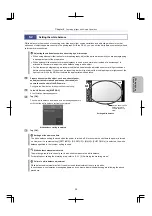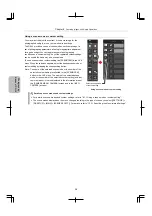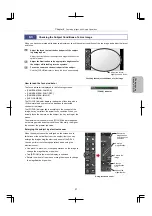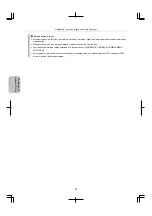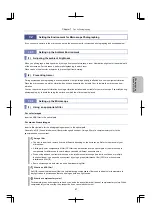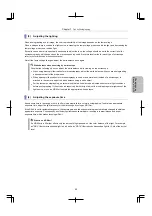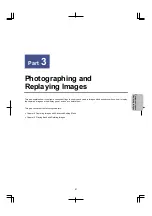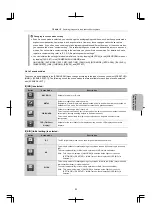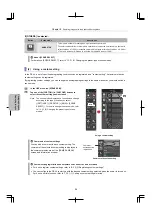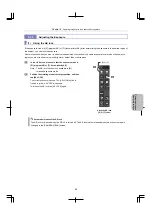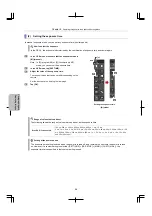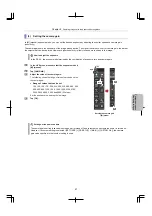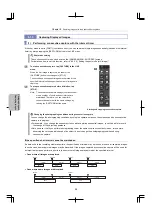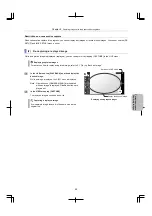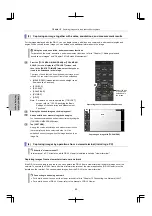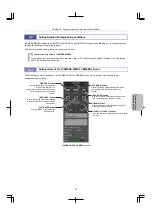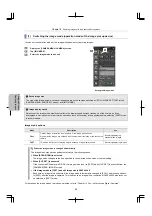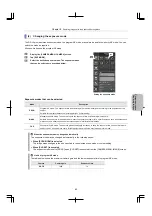
Chapter 7
Tips on Photographing
48
Photographi
ng
Bas
ics
of DS
-L4
(2) Setting the field diaphragm
Adjust the field diaphragm so that it circumscribes the viewfield. The field diaphragm has a significant impact on contrast,
especially for fluorescent specimens against dark backgrounds.
Note: For details on how to adjust the field diaphragm, refer to the manual of your microscope.
(3) Setting the aperture diaphragm
Adjust the aperture diaphragm in the following way according to the lighting.
For diascopic illumination
Generally, the numeric value of the condenser aperture diaphragm should be adjusted to approximately 70% to 80% of the
numerical aperture (NA) of the objective.
For episcopic illumination
Generally, the aperture diaphragm should be adjusted to approximately 70% to 80% of the size of the pupil of the objective.
(Check pupil size by removing the eyepiece and looking into the eyepiece tube.)
Adjustment of the aperture diaphragm
For details on aperture diaphragm adjustment, refer to the manual of your microscope.
For photographed images that have greater depth of focus, reduce the aperture diaphragm. Note that reducing
the aperture may limit the performance of the objective.
What is depth of focus?
"Depth of focus" refers to the in-focus range along the direction vertical to the specimen surface. Although
reducing the aperture diaphragm extends the depth of focus, doing so will also reduce resolution. Adjust the
aperture diaphragm as needed.
(4) Adjusting the focus on the subject
Adjust the focus of the microscope so that the image can be clearly seen on the display panel.


